Forums
- Forums
- Duggy's Reference Hangar
- Misc Library
- Fokker F.XXXVI
Fokker F.XXXVI
Post a reply
- Go to Previous topic
- Go to Next topic
- Go to Welcome
- Go to Introduce Yourself
- Go to General Discussion
- Go to Screenshots, Images and Videos
- Go to Off topic
- Go to Works in Progress
- Go to Skinning Tips / Tutorials
- Go to Skin Requests
- Go to IJAAF Library
- Go to Luftwaffe Library
- Go to RAF Library
- Go to USAAF / USN Library
- Go to Misc Library
- Go to The Ops Room
- Go to Made in Germany
- Go to Campaigns and Missions
- Go to Works in Progress
- Go to Juri's Air-Raid Shelter
- Go to Campaigns and Missions
- Go to Works in Progress
- Go to Skinpacks
- Go to External Projects Discussion
- Go to Books & Resources
-
 Main AdminThe Amsterdam-Batavia service, started in 1930, was an enormous success for KLM.
Main AdminThe Amsterdam-Batavia service, started in 1930, was an enormous success for KLM.
The increase in passengers carried, despite the crisis years, was so great that the airline soon looked at the possibility of launching a larger aircraft. This led to plans for a large four-engined commercial aircraft: the F.XXXVI. Anthony Fokker and Albert Plesman held their first meeting about this on 6 June 1932.
In September 1932, Plesman intimated that he was interested in purchasing six aircraft.
In good faith therefore, Fokker began the development and construction of the F.XXXVI. But things did not work out too successfully.
For its time, the F.XXXVI was a gigantic aircraft. The span was 108 ft 3 in, and the wing area 1,850 sq ft.
This made it the largest wing area Fokker had ever attempted. In comparison, the wing area of today's Fokker 100 jet airliner is 1,005 sq ft.
The all-wooden wing of the new aircraft had flaps and was attached to the fuselage in the traditional Fokker method using four bolts.
With the F.XXXVI, Fokker departed from the traditional sequential numbering of commercial types that had started with the F.I, F.II, F.III etc.
Probably it was the idea of the sales department who wanted to indicate the number of persons an aircraft could carry. In this instance, 36 was the overall total made up of 32 passengers and four crew members. The F.XXXVI represented the culmination of Fokker construction using wood, steel tube and fabric.
The fuselage construction was in principle the same as on the Fokker F.XX and Fokker F.XXII, using a triangulated steel tubular framework but adapted to achieve an attractively slender shape. The cabin was divided into four compartments each with seating for eight passengers on two double couches either side of the fuselage.
For overnight flights, the couches in each compartment converted into four beds, enabling the aircraft to carry a total of 16 passengers in this configuration.
Larger items of hand luggage could be stowed in the wing, and there were baggage nets above each scat for handbags and such like. Aft of the cabin were two toilets, and a wardrobe beside the passenger door.
The crew compartment was separated from the passenger cabin by a sliding door. Directly aft of the door was space for the steward who was provided with a buffet, an electric kitchenette and a refrigerator.
Above this were two sleeping berths to enable crew members to rest during the flight. In the cockpit, behind the captain and co-pilot, were seats for the radio telegrapher and flight engineer.
The two pilots were seated in an unusual arrangement, offset one behind the other. Because the fuselage was larger and broader than hitherto, Fokker felt it important that the captain had the best view to left and right during take-off. The captain should therefore sit in front on the centerline of the cockpit, with the second pilot diagonally behind him.
This novel layout did not find application outside of the F.XXII and in later aircraft, pilots were again seated side by side. In the removable all-wood nose, intakes were installed for ventilation of the cockpit and cabin, the air to each being separately controllable.
Sound insulation materials were used in the construction of the cabin and cockpit, enabling normal conversation to be held. Hot air for cabin heating was ducted from the engines via the floor. The lower side of the wing center section, which was not covered, formed an integral part of the cabin ceiling.
As well as fuel tanks, the wing had space for two large luggage compartments. KLM used a high level of passenger comfort to counter competition from airships on the Amsterdam-Batavia route which was being considered at the time. This comfort resulted in the F.XXXVI being nicknamed 'The Flying Hotel'.
The F.XXXVI was equipped with four air-cooled Wright Cyclone F2 engines each developing 750 hp. The power units were mounted in front of the leading edge of the wing and were provided with NACA cowlings which were easily removable.
Three-bladed Hamilton Standard propellers with pitch adjustable in the air, were fitted. The non-retractable undercarriage was equipped with double brakes that operated separately on each wheel. The fixed undercarriage appeared to be a backward step compared with the retractable gear on the F.XX. But on the earlier aircraft it had been possible to retract the wheels into the engine nacelles which were underslung. On the F.XXXVI, the nacelles were positioned much higher, making the undercarriage legs much longer and difficult to retract.
Also, the wheels, specially produced for the F.XXXVI by Dunlop, were too large to stow within the nacelles. The large 70 in diameter of the wheels was necessary to prevent the F.XXXVI, with its high take-off weight of 36,376 lb, from sinking into the mud on unprepared airfield surfaces. Especially along the Indies route, KLM had to contend with numerous soft, swampy airfields. The possibility of covering the F.XXXVI's wheels with spats was not considered as they had caused so many problems on earlier aircraft.
Not only were the spats easily damaged, but on poor airfields they were soon full of mud. The first flight took place on 22 June 1934 and lasted a mere five minutes. At the time, the F.XXXVI engines were fitted with Townend rings instead of NACA caps. During take-off, a cowling panel from the starboard inner engine broke loose and damaged the leading edge of the vertical stabilizer, requiring the flight to be cut short.
The probable cause of the incident was that some cowling bolts had vibrated loose, allowing the panel to blow free. The second flight took place on 26 July with KLM pilots Aler and Sillevis at the controls. The aircraft showed virtually no problems. The Townend rings had been replaced by NACA cowlings, and the propeller diameter reduced from 11 ft 6 in to 11 ft.
One complaint remained: vibration of the elevator could be felt on the control column. The Dutch government's Study Department for Aviation performed wind tunnel tests to find a remedy.
It advised longer-chord NACA cowlings, larger oil coolers, plus the application of thicker three-ply at the wing tips. On 21 August flight testing was resumed. The vibration appeared to have been cured, and on 27 August 1934, the F.XXXVI was awarded its certificate of airworthiness.
After certification, Anthony Fokker was proudly able to demonstrate his new aircraft to members of the International Air Transport Association (IATA) who had gathered in The Hague to celebrate the fifteenth year of their organization. A number of Dutch government Ministers were present and were very impressed by the performance of the F.XXXVI.
Meanwhile however, it emerged that KLM was in no hurry to accept the F.XXXVI. Despite ambitious plans to put the aircraft on the Indies route, nothing came of this. Nor did KLM place an order for the six aircraft that Plesman had originally proposed doing in 1932.
In fact Plesman was so charmed with the all-metal Douglas DC-2,that in his eyes the F.XXXVI with its wood, fabric and tubular frame, was completely outdated.
KLM's switch to the DC-2 was the lowest point in relations between Anthony Fokker and Albert Plesman, and began a year-long break between the airline and the Netherlands Aircraft Factory. KLM had intended to enter the F.XXXVI together with the DC-2 'Uiver' and an F.XVIII in the London-Melbourne Race, but eventually even this came to nothing.
KLM took delivery of the F.XXXVI on 27 March 1935, after a number of the airline's pilots had flown it. Only Evert van Dijk had a comment: he felt the ailerons were too small. After further extensive testing, even he became convinced of the excellent flying characteristics of the Fokker aircraft.
In the years following, the F.XXXVI provided entirely satisfactory service on the Amsterdam-Berlin-London route. For some time, it was also leased by KLM to the French SFTA (Air Tropique) which gathered together aircraft for the Nationalists during the Spanish Civil War. The F.XXXVI, unlike so many other Fokker aircraft, was not lost during the hostilities.
Together with two F.XXII's, the F.XXXVI was later sold to Scottish Aviation shortly before the outbreak of World War Two. The intention had been to put the three aircraft into service on the night flight linking Edinburgh-Glasgow-London, but because of the war this did not go ahead. Instead, the Fokkers were furnished as flying classrooms for training Royal Air Force navigators. During the early war years, the RAF trained more than half its navigators and observers using the Fokkers. Before that, the training had taken place mainly on the ground and in Avro Anson aircraft.
On 21 May 1940, the F.XXXVI crashed on take-off from Prestwick. Nobody was injured but the aircraft was damaged beyond repair. Nor were there enough spare parts anyway. So came the end of the would-be flag carrier of the pre-war KLM.
In a lecture to the Dutch Royal Institute of Engineers in 1936, Plesman said "The F.XXXVI must be considered the best four-engined aircraft now available", but added "... at least for the shorter routes. On the Indies route, such long sector distances have to be bridged that the payload is insufficient".
In Plesman's opinion, the range of the F.XXXVI was inadequate although he himself had specified the required fuel capacity. Clearly it should have been more, for the F.XXXVI's range was only 963 miles, while the DC-2 could fly for 1,553 miles.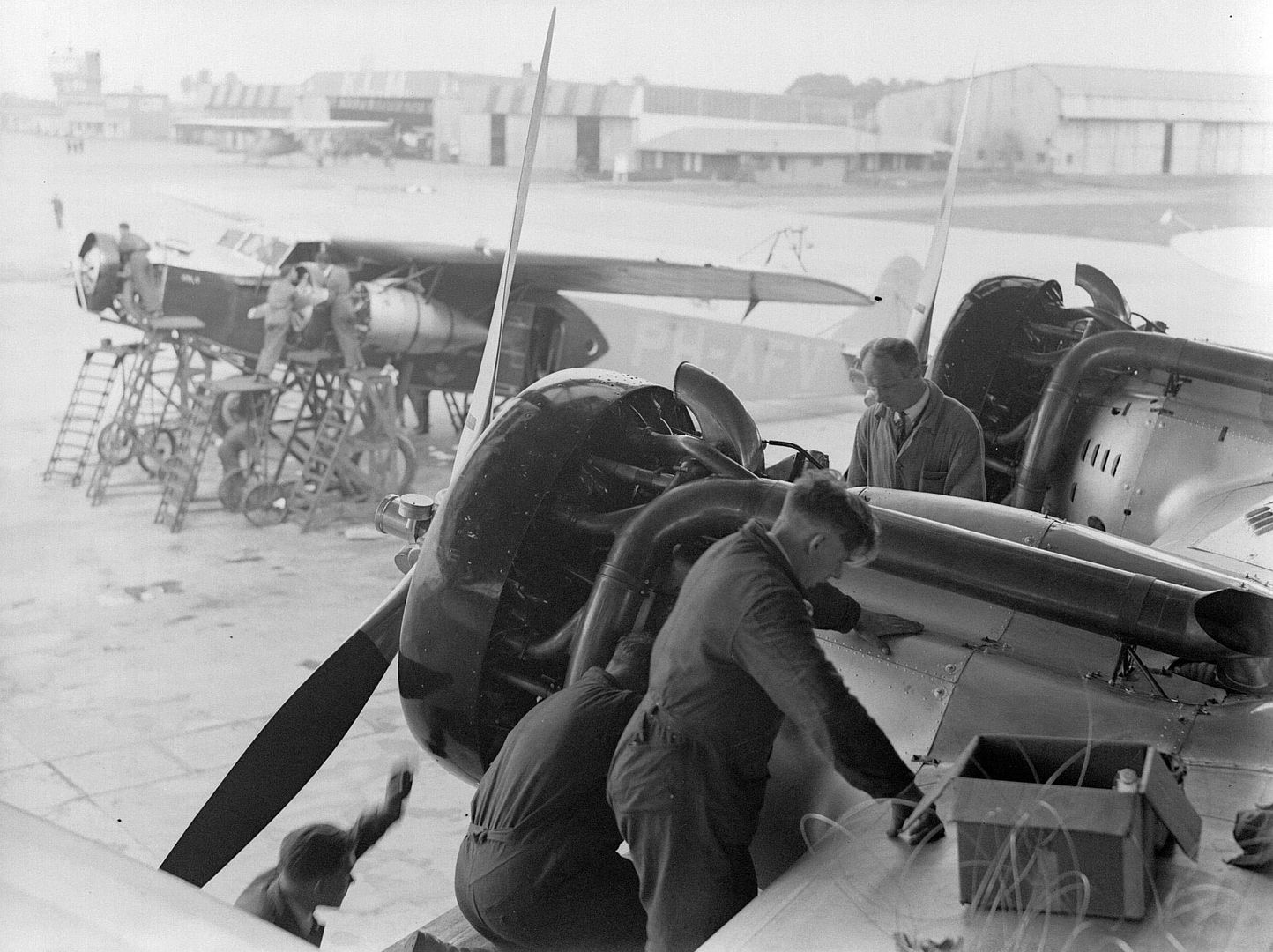

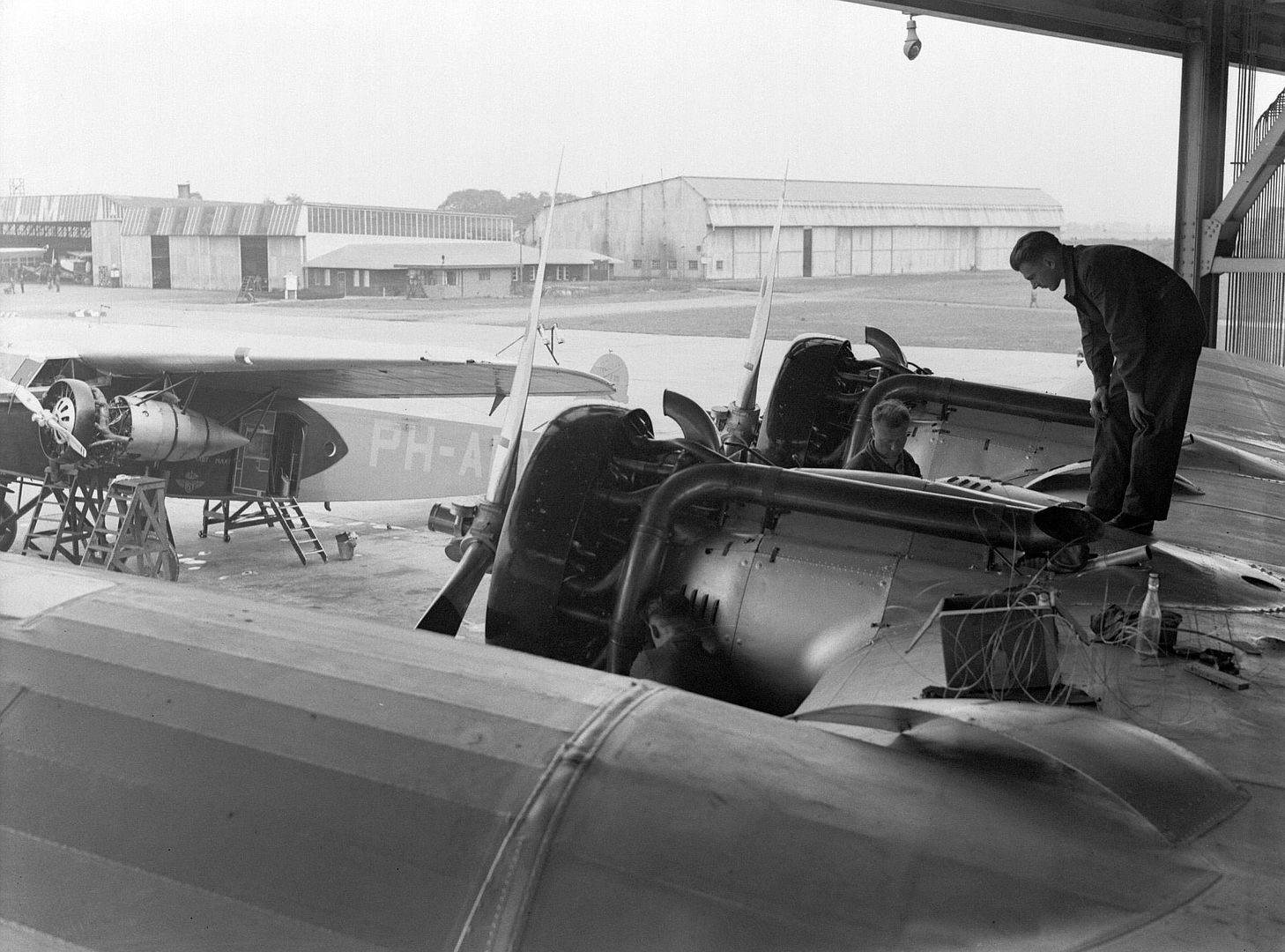




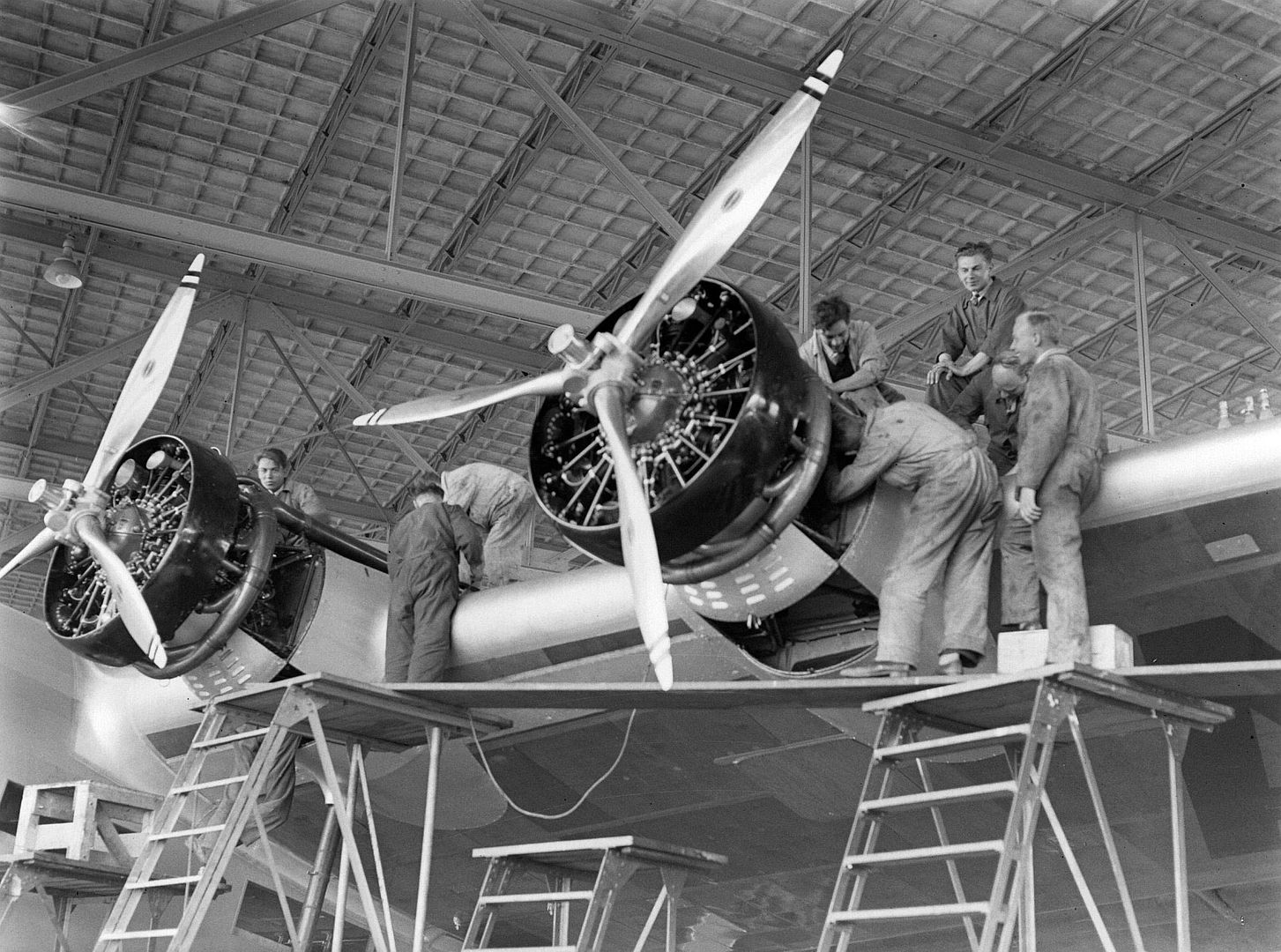
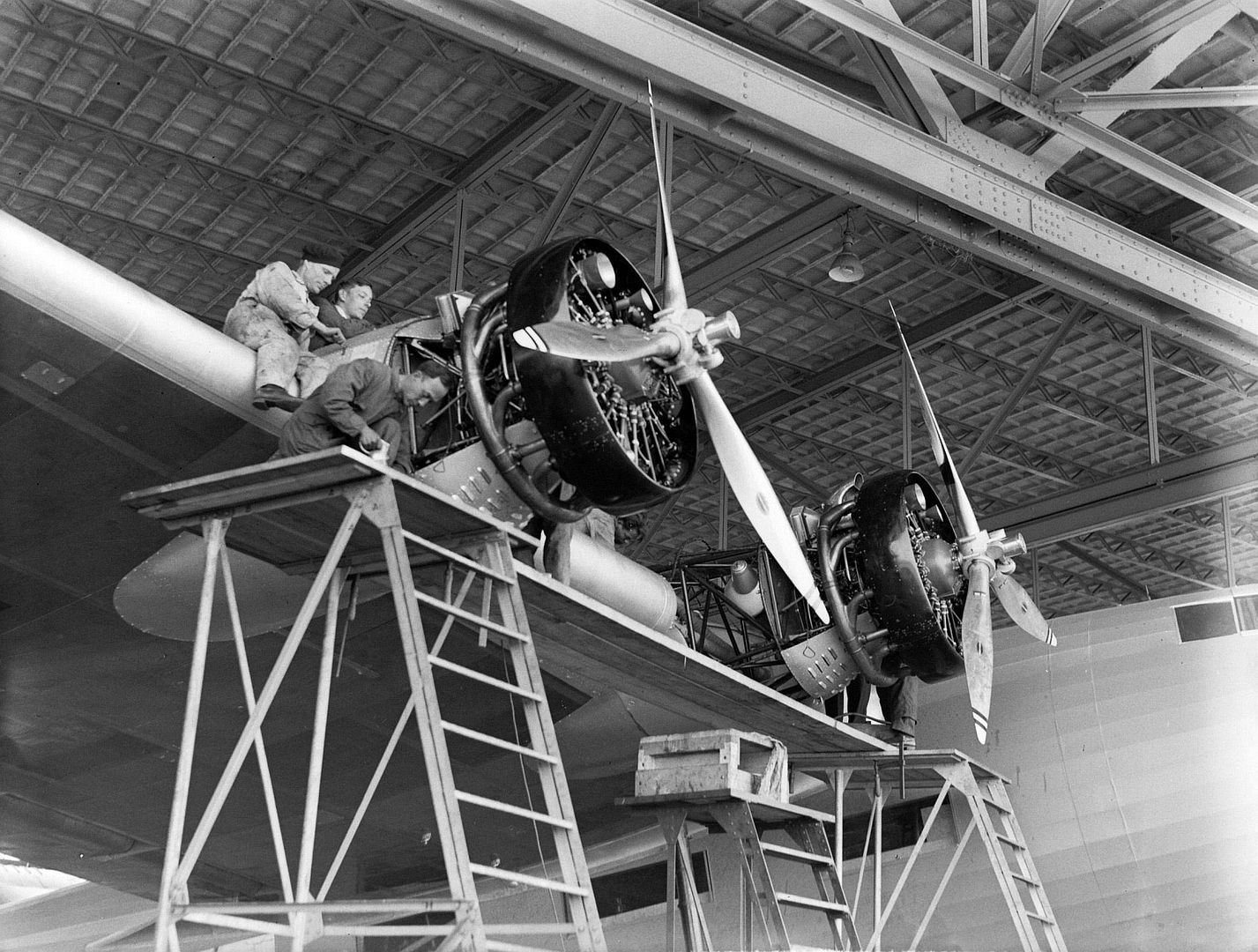
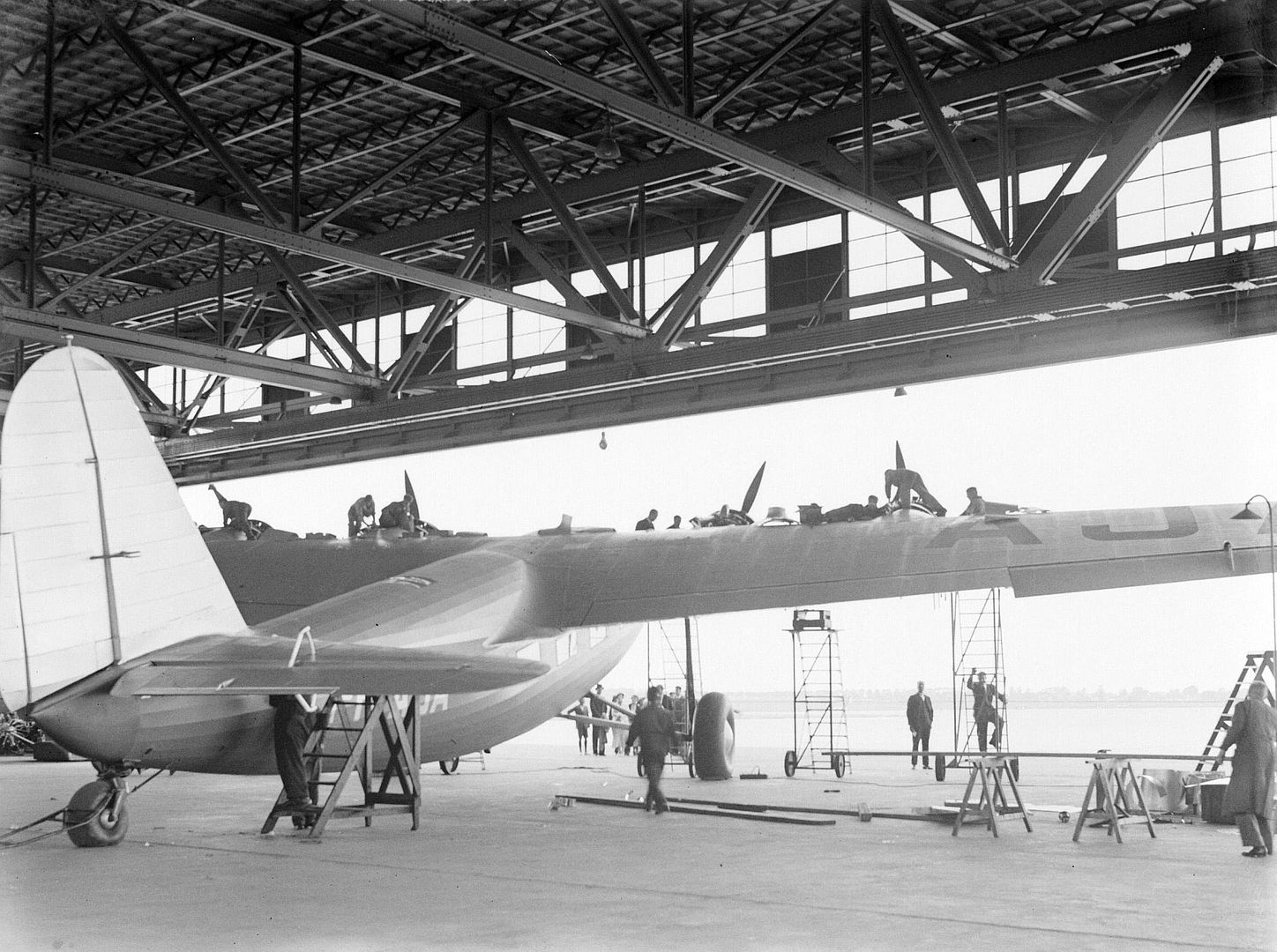
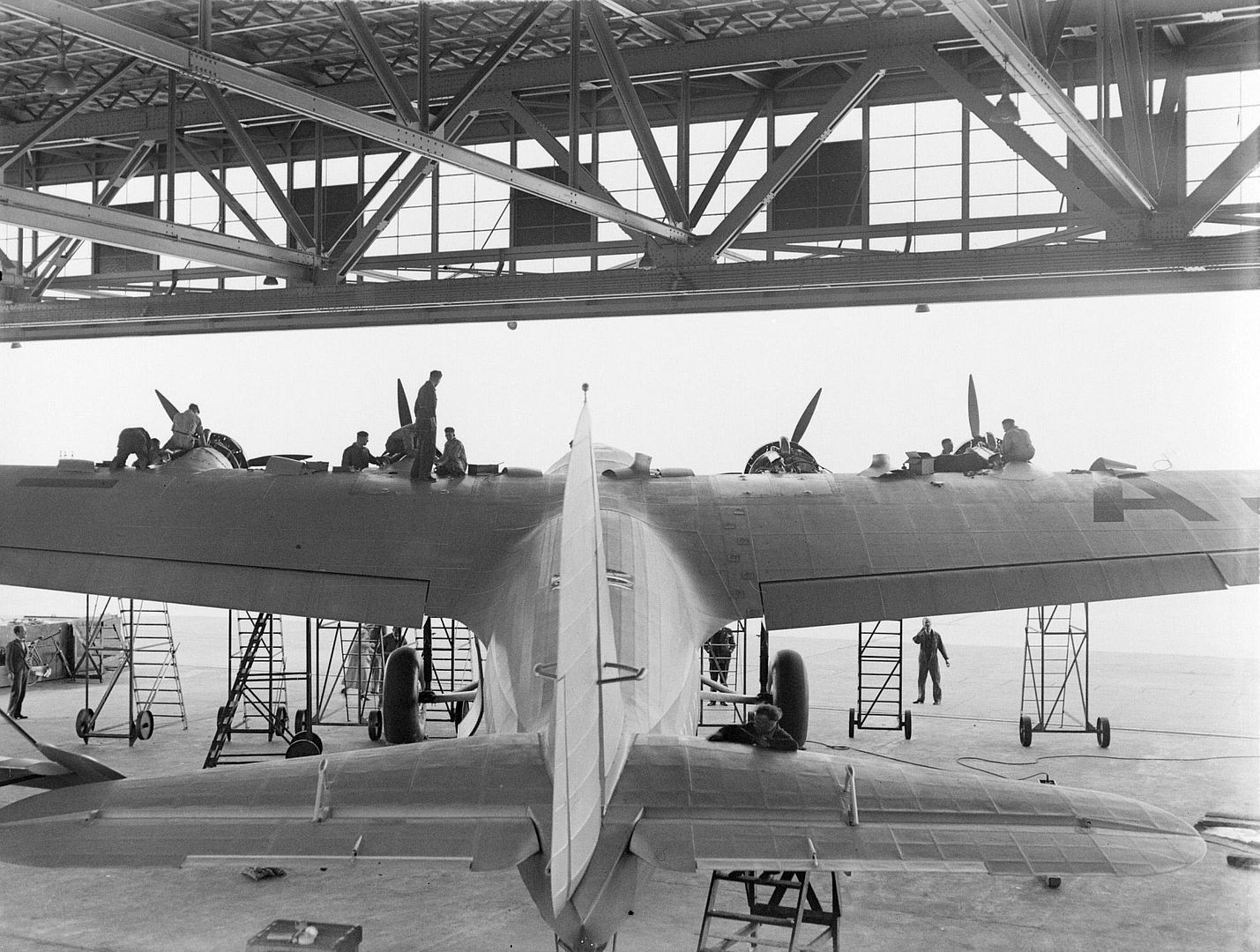
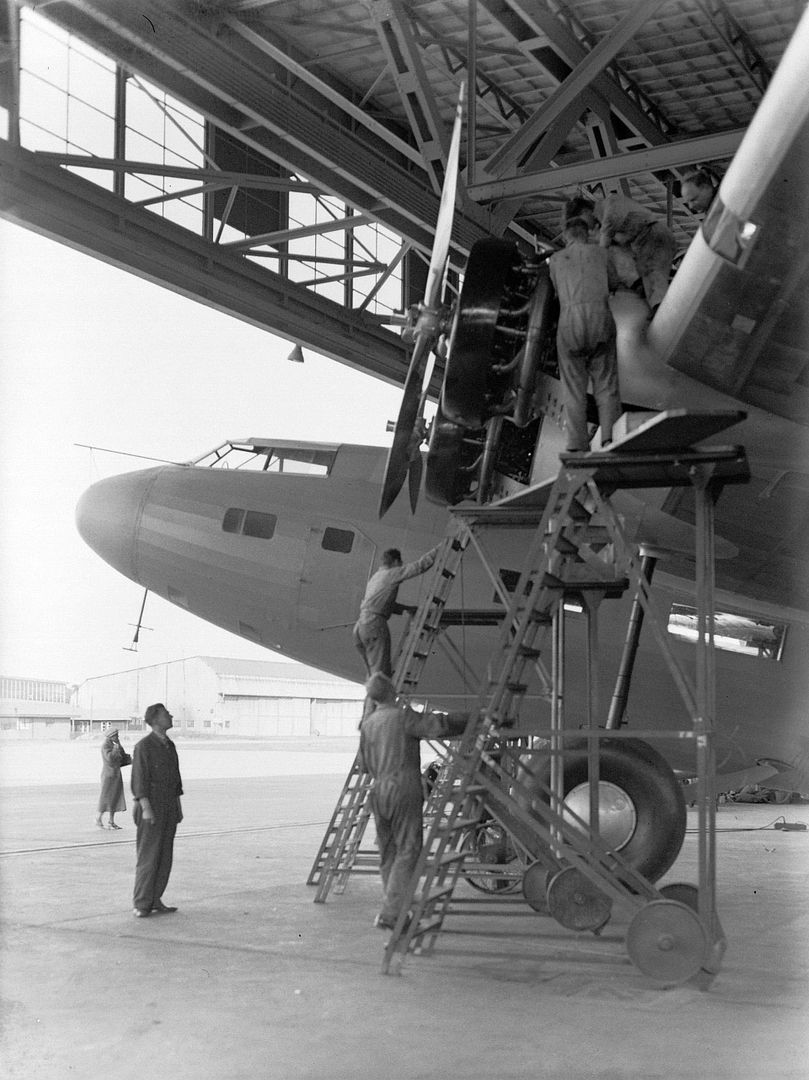
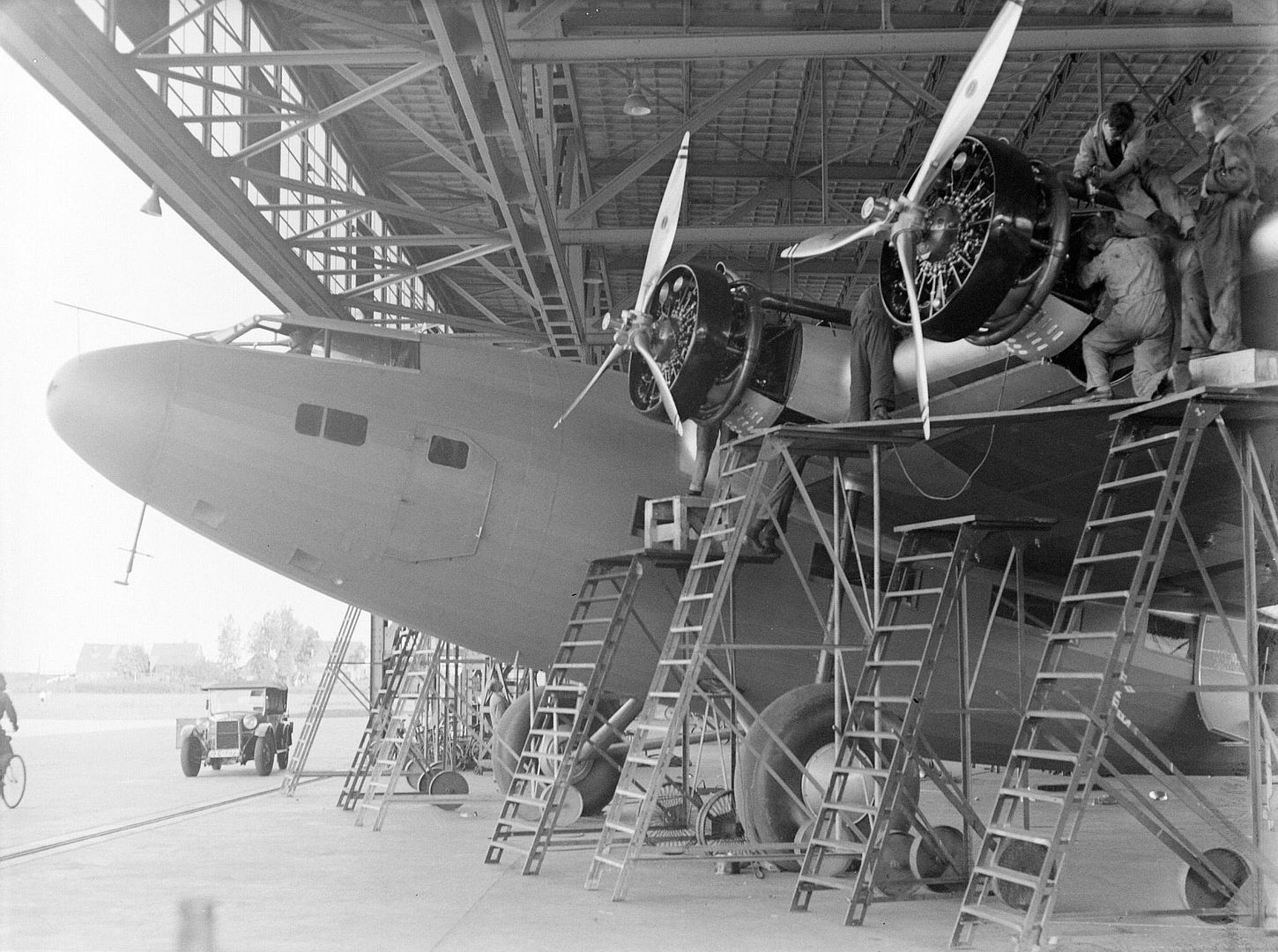
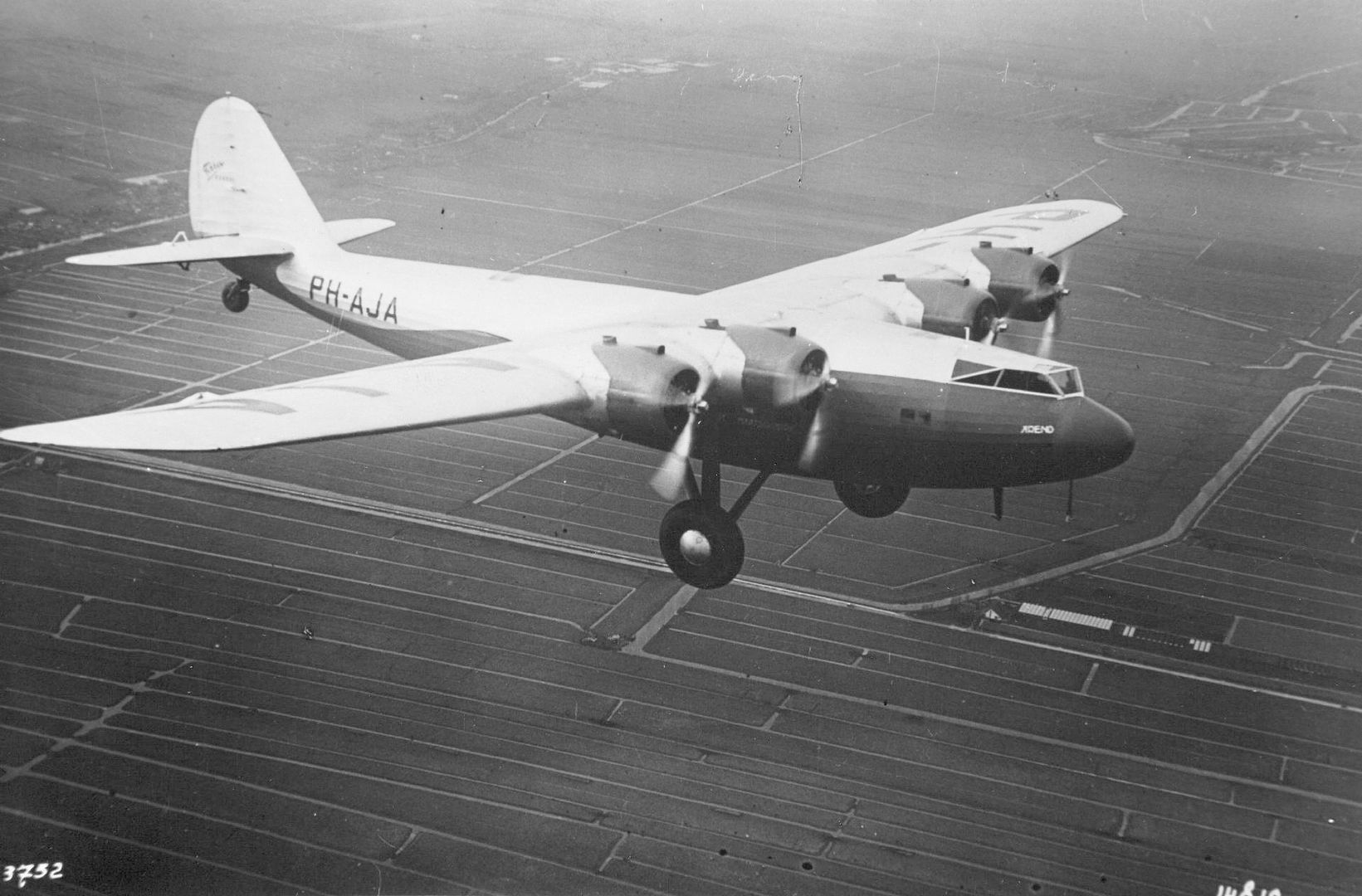
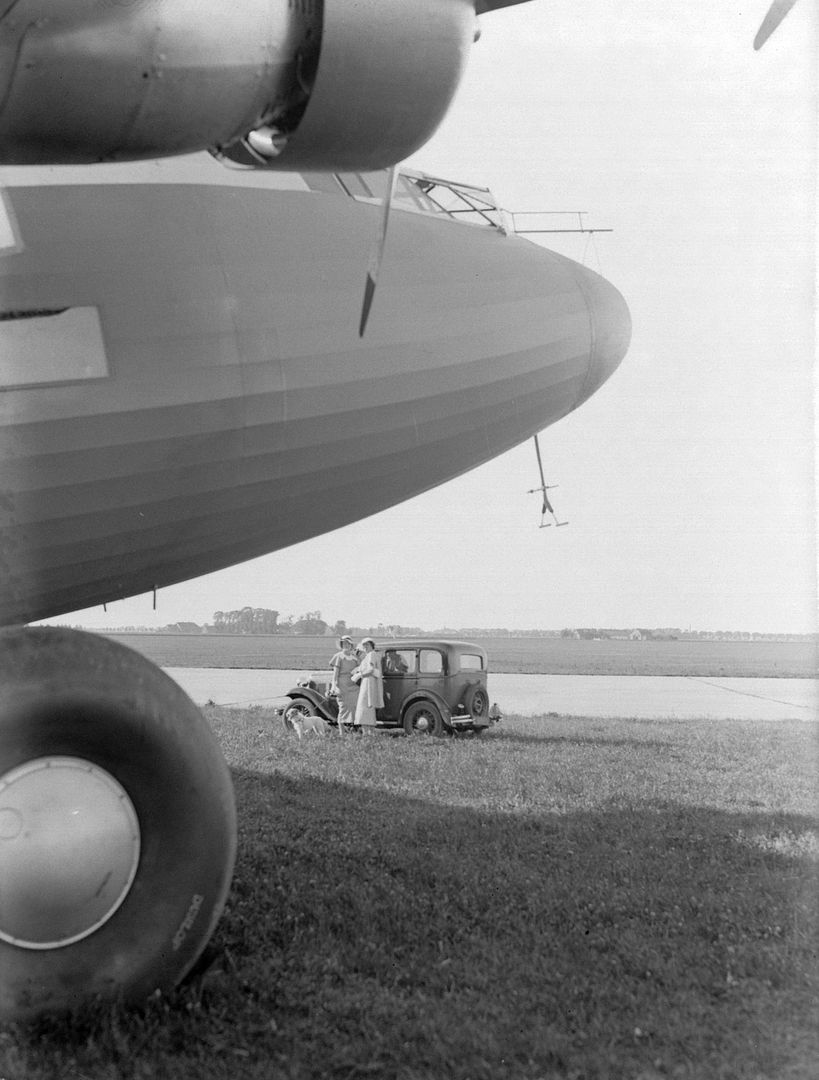
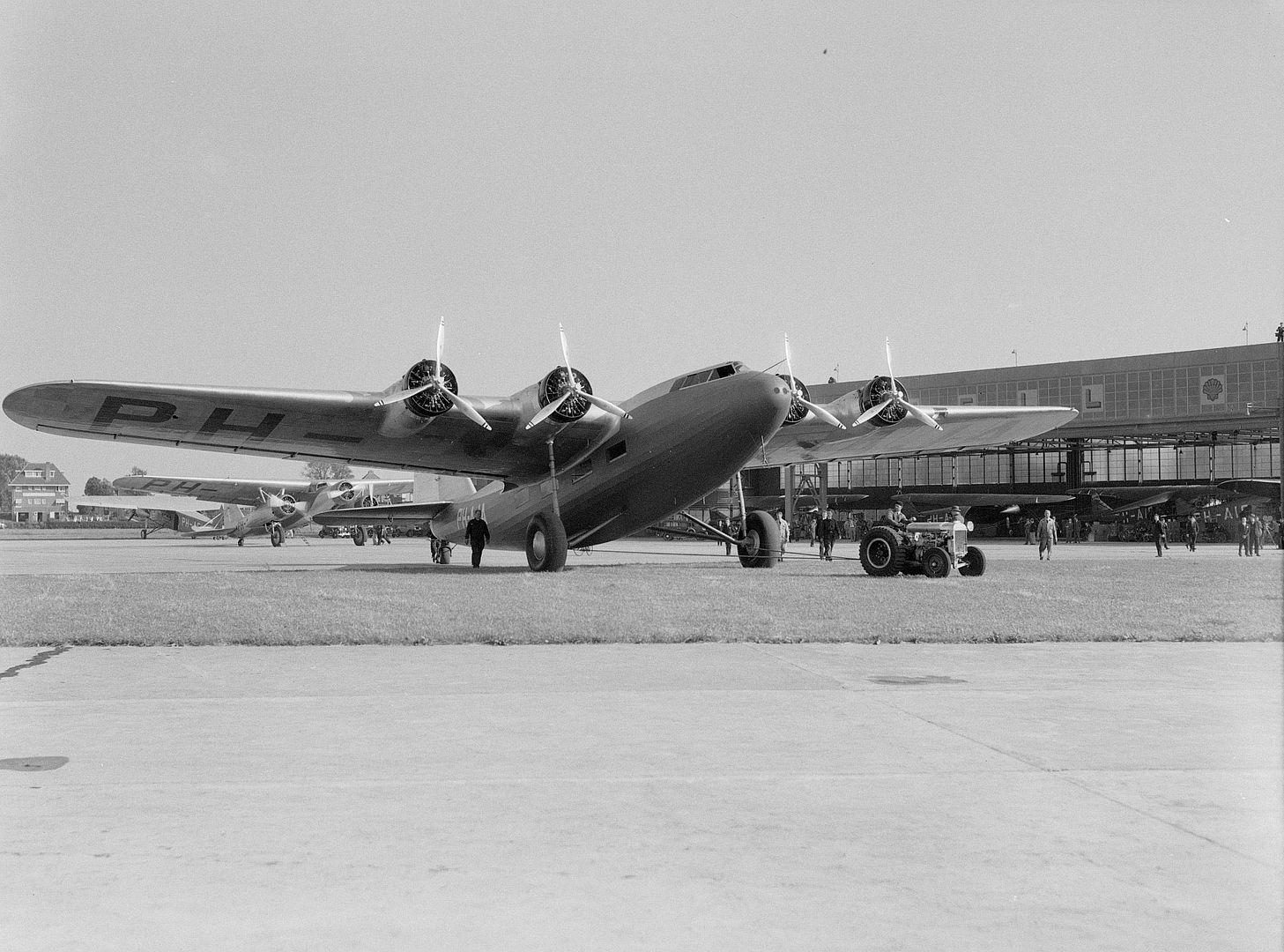
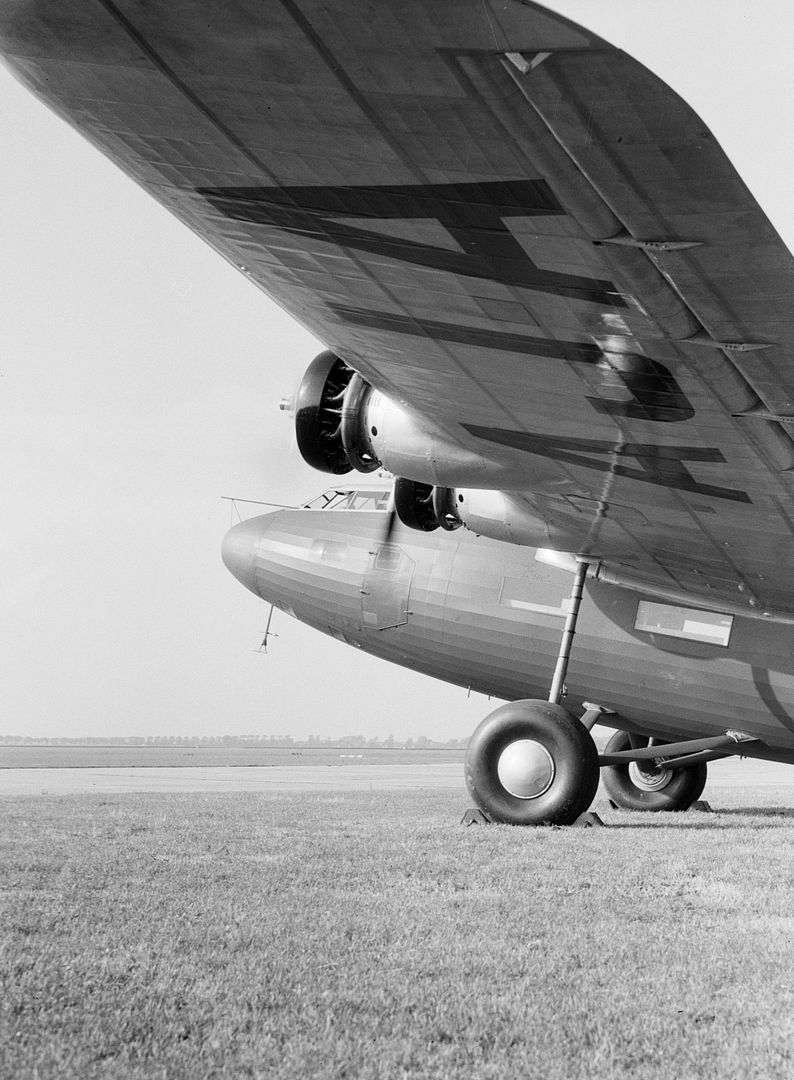
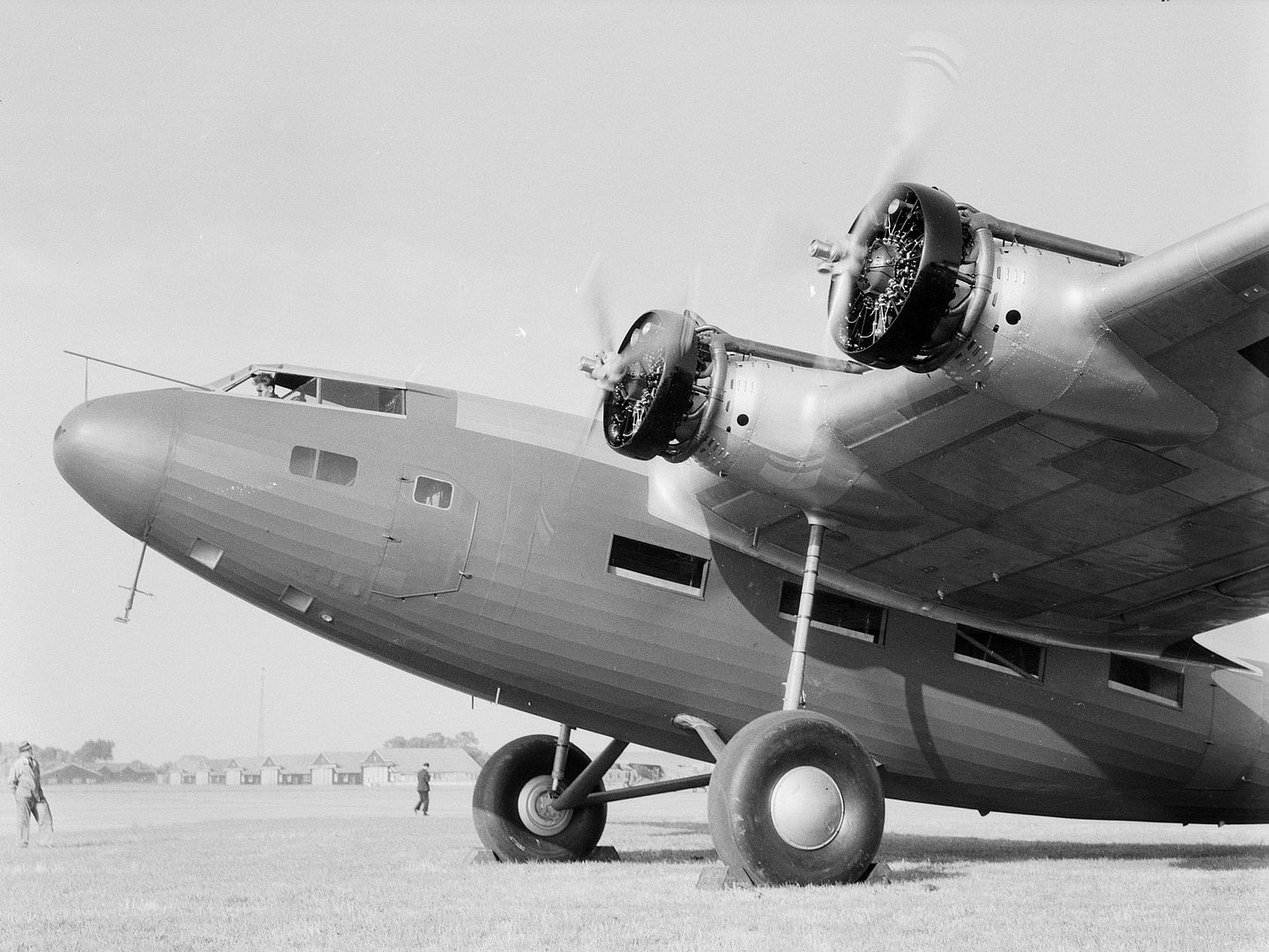
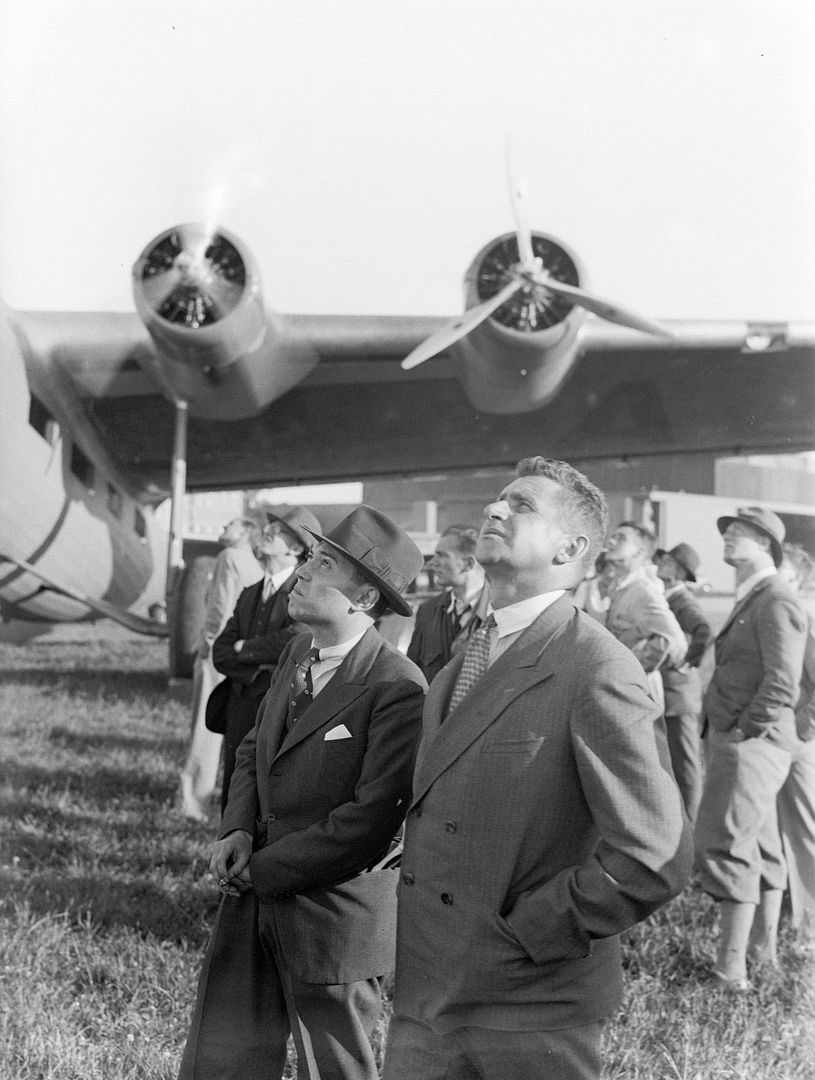
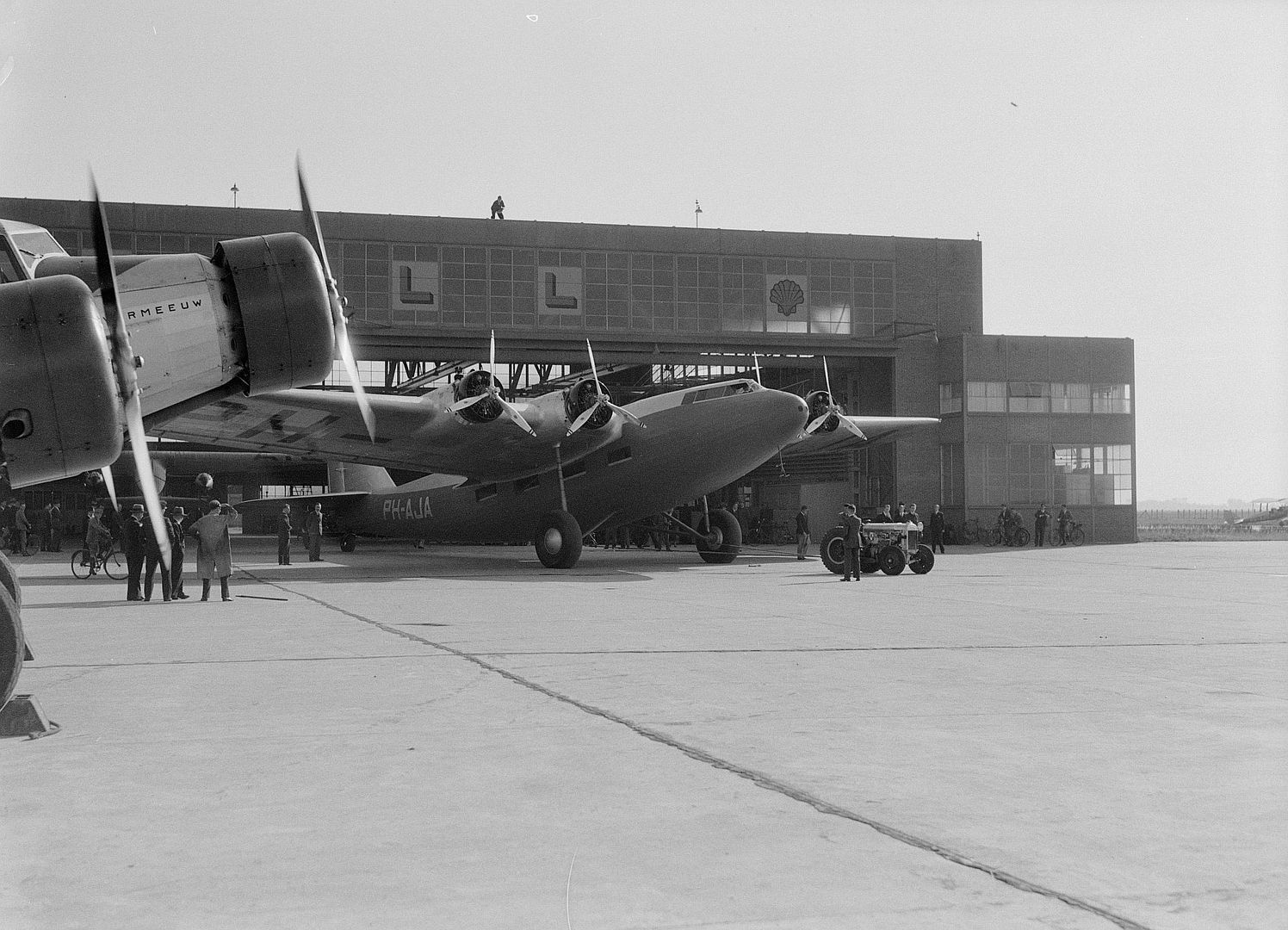
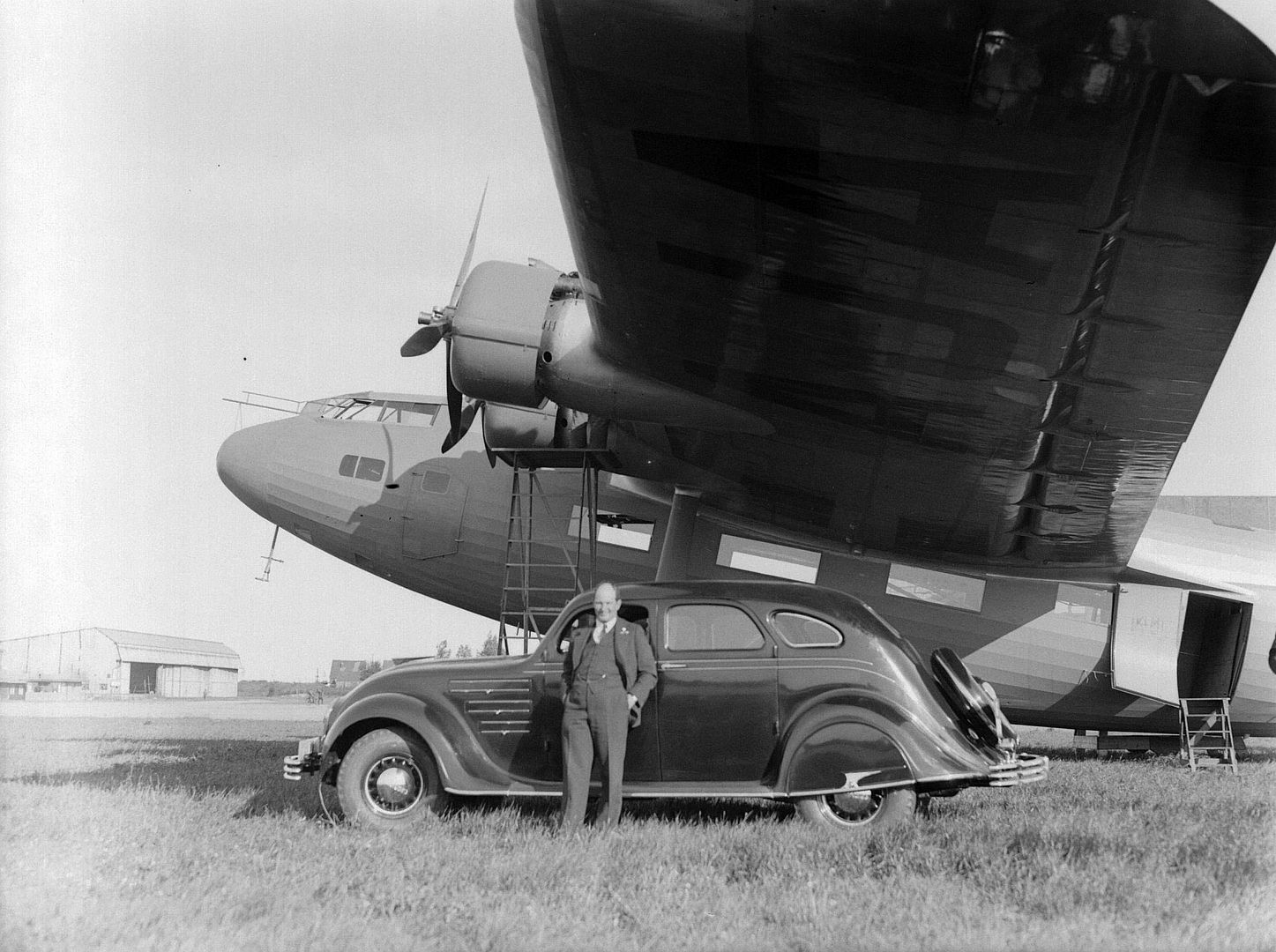

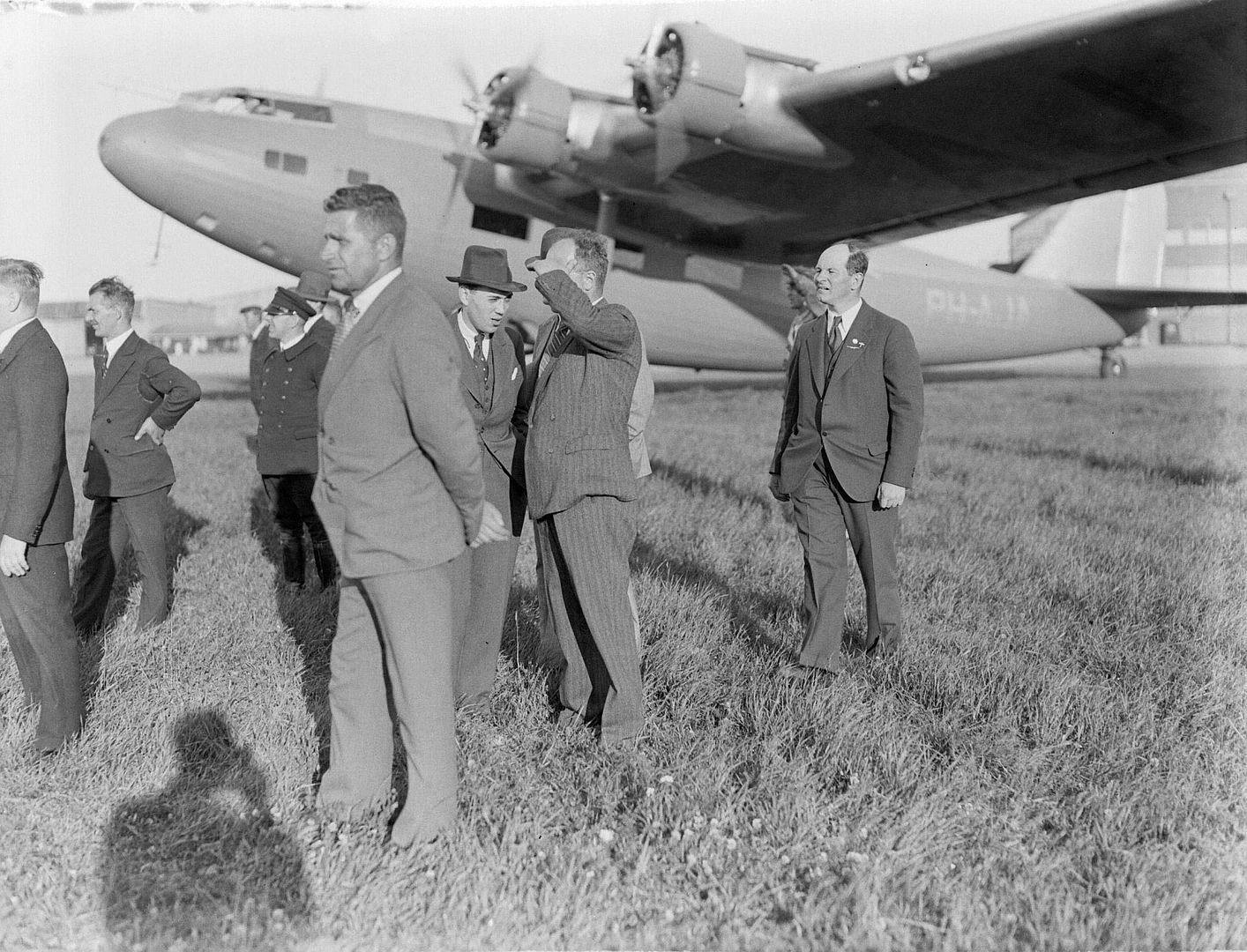
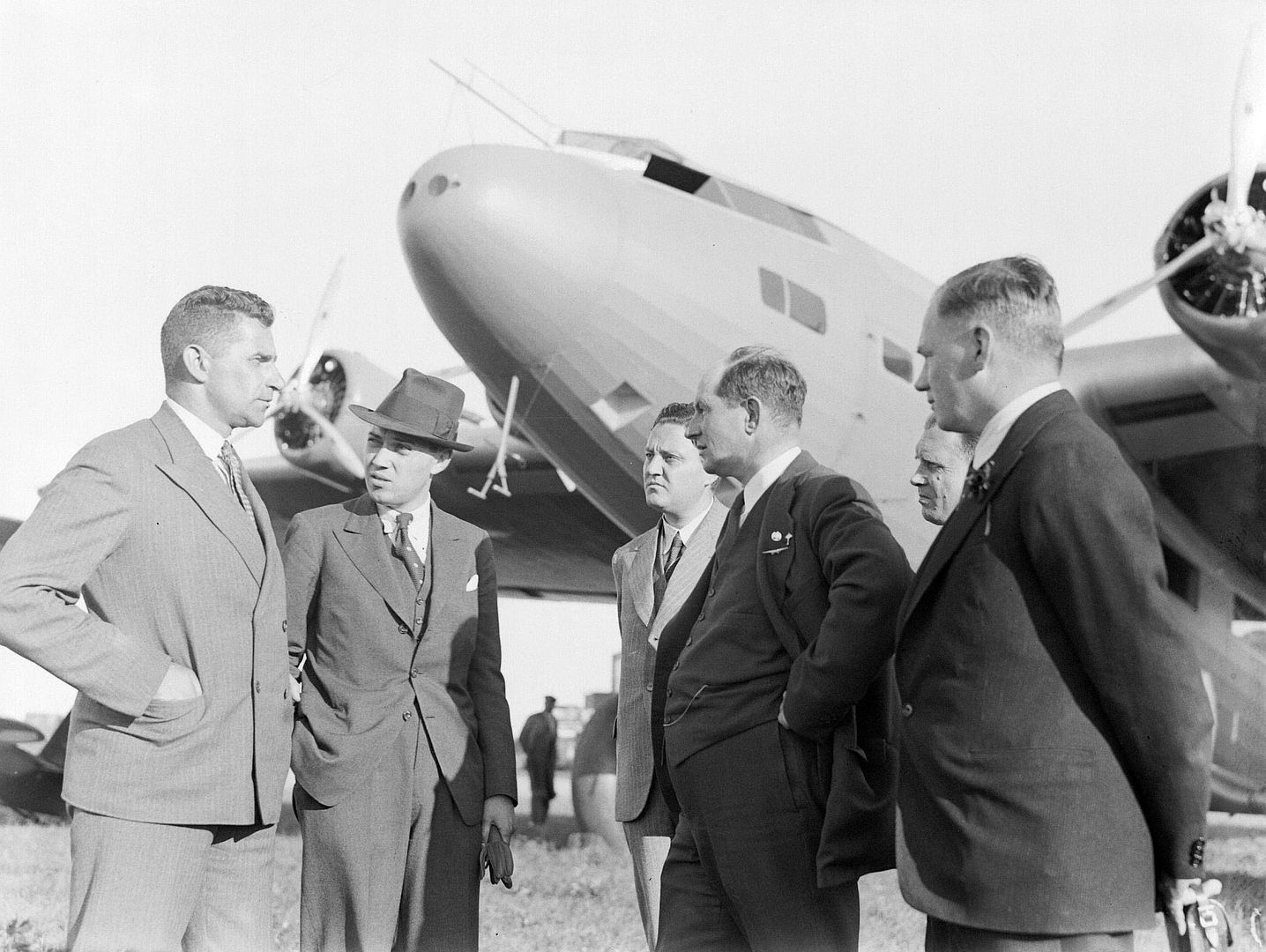
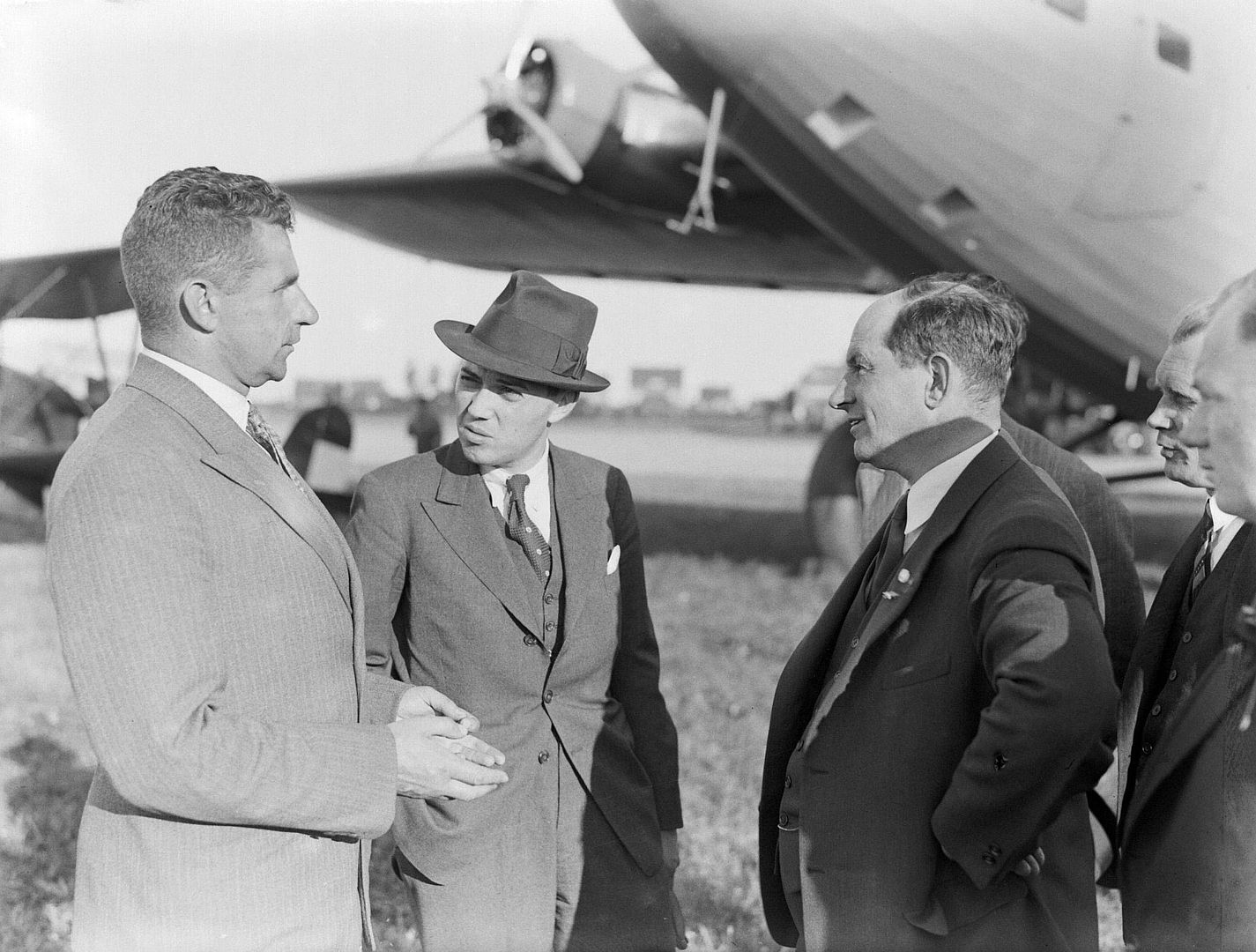
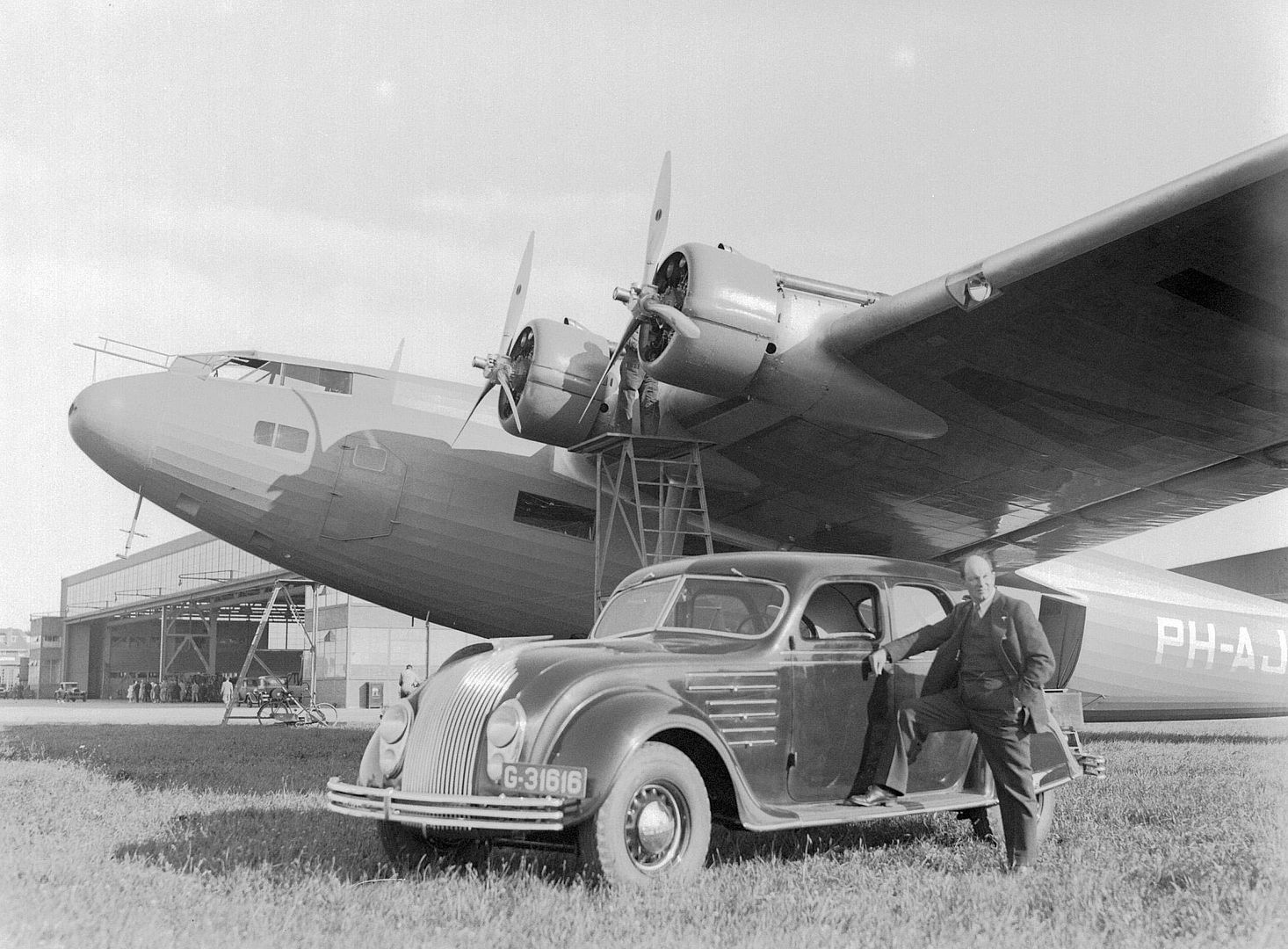
General characteristics
Crew: 4
Capacity: 32-passengers
Length: 24.0 m (78 ft 8 in)
Wingspan: 33.0 m (108 ft 2 in)
Height: 8.3 m (27 ft 3 in)
Wing area: 172 m2 (1,850 ft2)
Empty weight: 10,300 kg (22,700 lb)
Gross weight: 16,500 kg (36,366 lb)
Powerplant: 4 ? Wright Cyclone SGR-1820-F2 radial piston engines, 560 kW (750 hp) each
Performance
Cruising speed: 280 km/h (165 mph)
Range: 1536 km (960 miles)
Text from here -- http://www.dutch-aviation.nl/index5/Civil/index5-2%20F36.html
Post a reply
- Go to Previous topic
- Go to Next topic
- Go to Welcome
- Go to Introduce Yourself
- Go to General Discussion
- Go to Screenshots, Images and Videos
- Go to Off topic
- Go to Works in Progress
- Go to Skinning Tips / Tutorials
- Go to Skin Requests
- Go to IJAAF Library
- Go to Luftwaffe Library
- Go to RAF Library
- Go to USAAF / USN Library
- Go to Misc Library
- Go to The Ops Room
- Go to Made in Germany
- Go to Campaigns and Missions
- Go to Works in Progress
- Go to Juri's Air-Raid Shelter
- Go to Campaigns and Missions
- Go to Works in Progress
- Go to Skinpacks
- Go to External Projects Discussion
- Go to Books & Resources
